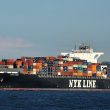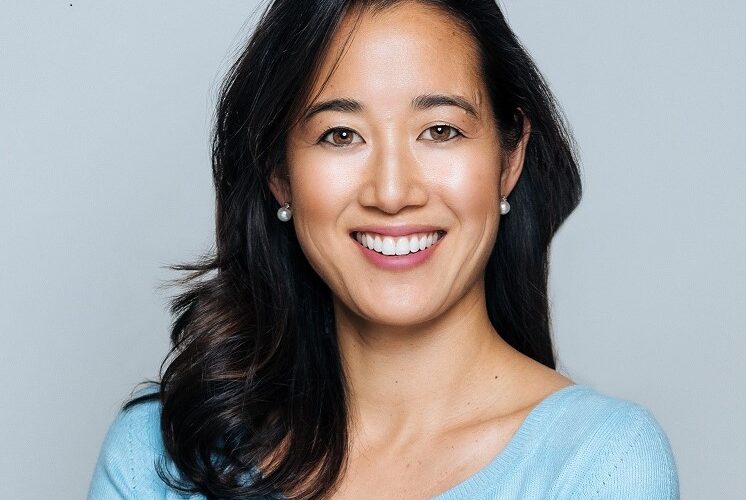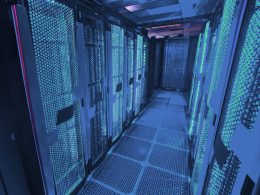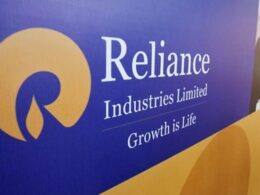Microsoft Chief Sustainability Officer Melanie Nakagawa said that the biggest sustainability-related challenge for the company is emissions from the supply chain and value chain which make up over 96% of the total emissions of the company. In an interview with The Wall Street Journal, she informed that her team members are working hard to meet the company’s goal of being carbon neutral by 2030, but the path is not easy.
In the WSJ interview, Nakagawa said that there is a need to bring down the supply chain and value chain emissions, along with replenishing as much water as the company consumes, as these are the two major sustainability challenges the company currently faces.
As per Microsoft’s latest sustainability report, the company lowered the carbon emissions generated in the past year under its Scope 1 and 2 emissions. However, its Scope 3 emissions that come from the supply chain and the use of its products and services, were up 31% compared with a 2020 baseline, raising the company’s total emissions by 29% in 2023.
Talking about the steps being taken towards this she said, “We have a supplier-reach programme that helps connect suppliers to carbon-free electricity options. We also talk to them about what we do ourselves…sharing our own experiences and journey.”
Talking about powering the upcoming data centres of Microsoft Nakagawa said that the company will have to ensure access to new carbon-free sources of power, while at the same time talking about the need to distinguish between energy and emissions. “While things might need more energy consumption, does that necessarily relate to an emissions increase, or can you do that in a carbon-free way,” she said.
Nakagawa informed that the company is looking at both small modular reactors and fusion and forming partnerships and signing power-purchase agreements with the leading players in this marketplace so that they can be brought in to power the data centres.




















